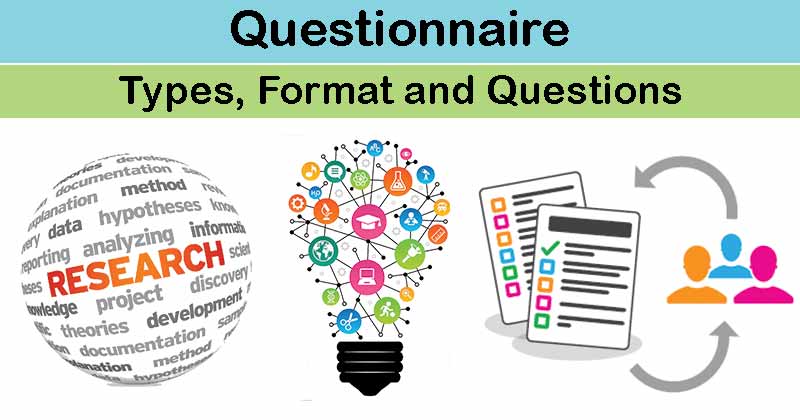
Quantitative data analysis techniques focus on the statistical, mathematical, or numerical analysis of (usually large) datasets. Some examples of quantitative data include sales figures, email click-through rates, number of website visitors, and percentage revenue increase. Quantitative data is anything measurable, comprising specific quantities and numbers. How you analyze your data depends on the type of data you’re dealing with- quantitative or qualitative. What is the difference between quantitative and qualitative data? We’ll discuss this further in the next section. Qualitative data-otherwise known as unstructured data-are the other types of data that don’t fit into rows and columns, which can include text, images, videos and more. Quantitative data-otherwise known as structured data- may appear as a “traditional” database-that is, with rows and columns. An example of this could be call logs automatically generated by your smartphone. This is data that is produced wholly by machines, without human instruction. A good example of this is a stock market ticket, which provides information on the most-active stocks in real time. This is data that is presented as soon as it is acquired. In everyday life you’ll find this by, for example, right-clicking on a file in a folder and selecting “Get Info”, which will show you information such as file size and kind, date of creation, and so on. This is a form of data that provides information about other data, such as an image. We’ll cover structured and unstructured data a little further on. Variety: The data being collected and stored by organizations comes in many forms, ranging from structured data-that is, more traditional, numerical data-to unstructured data-think emails, videos, audio, and so on.With the growth of the Internet of Things, this can mean these data are coming in constantly, and at an unprecedented speed. Velocity: Received data needs to be handled in a timely manner.In the not-too-distant past it would have been a real issue to store, but nowadays storage is cheap and takes up little space. Volume: As mentioned earlier, organizations are collecting data constantly.Then, Doug Laney, an industry analyst, articulated what is now known as the mainstream definition of big data as the three Vs: volume, velocity, and variety. The concept of big data -data that is so large, fast, or complex, that it is difficult or impossible to process using traditional methods-gained momentum in the early 2000s. These data will appear as different structures, including-but not limited to-the following: Big data

#Data analysis methods questionnaires registration
Nowadays, data is collected by businesses constantly: through surveys, online tracking, online marketing analytics, collected subscription and registration data (think newsletters), social media monitoring, among other methods. Why is data analysis important? Analyzing data effectively helps organizations make business decisions. This is done through a process of inspecting, cleaning, transforming, and modeling data using analytical and statistical tools, which we will explore in detail further along in this article. What is data analysis and why is it important?ĭata analysis is, put simply, the process of discovering useful information by evaluating data. We briefly explain the difference between quantitative and qualitative data in section two, but if you want to skip straight to a particular analysis technique, just use the clickable menu. The first six methods listed are used for quantitative data, while the last technique applies to qualitative data.


In this post, we’ll explore some of the most useful data analysis techniques.


 0 kommentar(er)
0 kommentar(er)
